Outdoor Retailer Summer 2015 Climbing Report
As usual, the Summer Outdoor Retailer show was packed with new gear. This year there were some truly innovative products, like cams that use dyneema instead of steel to cut weight, and an assisted braking device that doesn’t require you learn how to belay all over again. Comfort and versatility were common trends, as were products that are aimed at entry level climbers, but without entry level performance. This was most evident in the rock shoe department, as brands have always had token cheap shoes, but many are looking at making affordable models that actually climb well too. Here’s everything we saw over the course of three fun days in SLC. (Skip to the bottom to view the image gallery.)
Arc’teryx
The Acrux AR boot ($750) is designed to have the durability and insulating properties of a double boot with the weight and performance of a single boot, using a removable Gore-tex liner with foam for insulation. Looks like the perfect rig for northeast ice climbing, or maybe anywhere outside of Colorado where it’s actually cold when you go climbing in the winter.
The Arakys ($150) is an approach and belay shoe in one, using their Adaptive Fit Lite technology for a sock-like fit, and the leather foot bed was designed for barefoot use at the crag. The Atom SL ($179) is a lightweight insulating jacket with 40 grams of coreloft insulation and fleece panels on the side. Think of it as the do everything layer you’ll take everywhere. They also have new Cierzo 18+28 summit packs, which look great for multipitch adventures.
Black Diamond
Certainly at the top of the most innovative products at the show are the new Camalot Ultralights. They replaced the steel stem with Dyneema, which helps shed 25% of their weight. You don’t notice it so much in the small sizes, but when you pick up a #3 and #4, the difference is huge. Those don’t replace C4s, but should appeal to alpine climbers and anyone looking for some lighter cams.
The Solution ($69.95) harness uses a new (for BD) technology of splitting the webbing into 3 bands to provide good support while reducing weight. They look really slick, and are thicker in the hips than the back, which more and more harness designers are realizing is more comfortable than the traditional construction of a big waistbelt in the back.
The Creek 50 had kids and how there is a 35 and 20L version, the 20 looks like a perfect bolting bag. Additionally there were many cosmetic changes across the line that will be apparent next spring.
CAMP
The Titan helmet ($55) uses an ABS injected shell along with a removable liner for easy cleaning or replacement. The Flash is a 260 gram harness using the same split webbing technology as the Alp Racing harness, but for sport climbing. They also had a new liquid chalk that doesn’t use alcohol so it doesn’t dry out your hands.
Edelrid
The Huascaran is a super lightweight (7.8 oz) alpine harness with a unique construction. It’s also the first bluesign certified harness in production. The BOA Eco 9.8 ($169.95) is made of high-quality yarns leftover from their normal rope production process. All their pro line ropes now conform to the UIAA dry rope standards, only absorbing 1-2% of their weight in water.
Evolv
The Raptor ($99) is an entry level shoe aimed at fitting a wide variety of feet. The Chronos/Kyra ($130) is a soft slipper, while the Shaman ($155) gets a redesign. The Agro ($160) was the big news here, a single strap slipper that’s soft and more sensitive than the Shaman. Looks like a great shoe I can’t wait to try.
Five Ten
Several new things here. The Stonemaster ($85) is an entry-level all-leather shoe, with a one piece molded outsole. The Quantum ($185) was designed in conjunction with the Huber brothers as an all-day performer that excels on steep edges. The Access ($140) is a stylish new approach shoe available in leather and mesh versions.
Grivel
The Tech Machine Carbon is lighter and reduces vibration. The Clepsydra belay ‘biner is similar to the BD Gridlock, but with the twin gate design. The Captive Gate is a bolt-side ‘biner to keep bolt side oriented properly.
Mad Rock
The Lifeguard ($89) is a new assisted braking device that works using classic belay technique, no fancy new tricks to learn here. (This was noted incorrectly on Rock and Ice, it does NOT work like a Gri Gri). It works on ropes from 8.9 to 11mm, and is all metal. It was small and light in hand, and fed rope very smoothly, I’m really interested in testing one of these out. They also had their Angler draw, which is super easy to clip, but prevents unclipping via a unique metal protrusion. (see image gallery below)
Mammut
The Wall Rider ($99) is the lightest helmet in their line, sbu-200 grams, but still retains classic Mammut style. The Multipitch Chalkbag ($30) appeals to minimalists, offering several storage options, including two zippered pockets and a bungee for securing a small jacket.
Montane
The Psychovertical pants designed by Andy Kirkpatrick feature durable stretch fabric with jean styling for “going to the pub” afterwards. The Dyno Stretch shorts and capris look fun. And the Ultra Alpine Bag is a workhorse with unique interlocking metal buckles. The Minimus is a 4 ounce, 3 layer waterproof jacket.
Outdoor Research
Building on their popular Ferrosi line, they are introducing the Ferrosi Summit Hooded Jacket ($165). It’s a more durable and burly version of the popular jacket. Also new are the Ferrosi Windshirt and Crag Pants, ideal for climbers as lightweight, abrasion resistant pieces. The Realm ($279) is a new lightweight, fully waterproof jacket boasting excellent air permeability at 10.9 ounces using their AscentShell fabric.
Patagonia
They’ve revised their M10 jacket, a 3-layer 8.8 oz shell with no seams in the back for comfort while climbing with a pack on. Fans of the Alpine Houdini will likely be excited about the new pants to go with the jacket. A great emergency weather piece for those making light missions into the mountains in the summer, it weighs just under 6 ounces and will retail for $129.
Petzl
Anyone who has several pairs of crampons will appreciate their new interchangeable system. Realizing that people need different front points for different situations,all the heel units now work with all the front units, which can now be purchased separately (except for the Lynx). So that means you can by the Lynx, for example, and then a Dart front for steep mixed, and a Irvis front for summer mountaineering. They also redesigned the steel, which is thinner for better penetration.
There is a new Tibloc with a spring loaded bar that helps it lock on the rope and prevents it from sliding down, an issue with the old version. Also, all their ‘biners are now made in France. Lastly, the Elia gets upgraded for a better fit and higher ponytail notch to help it sit lower on the head. Complaints of the current version where that it rode high on the head, so it’ll be interesting to see how this one fits.
Rab
A few interesting things from Rab. The Lowe Alpine Spark is a simple 18L day pack that’s only $45. Also of note was their new Rock Collection, which has more casual wear that should appeal to climbers in the US. The Oblique pant is available in nylon blend or cotton stretch. The Nimbus uses blown-in synthetic, which gives it compressibility similar to down, and a higher warmth-to-weight ratio than you typically get with synthetics.
Red Chili
Two new shoes here. The Atomyc is a single strap slipper with an aggressive slingshot rand. The Amp is a slipper with a ¾ length midsole for the perfect blend of sensitivity and support, for everything from technical slabs to finger cracks.
Scarpa
The Origin is an $89 entry level model with an all-leather upper and longer lasting Vision rubber on the sole. The new Vapor ($159) has a seamless interior via single piece synthetic upper for maximum comfort, along with a very stiff flexan midsole. The Iguana ($119) is a lightweight approach shoe that easily stows into a pack for the trip up.
The Drago ($201) is built on the same last as the Furia, but has the Instinct VS heel, which drives the toes forward more aggessively, and creates a more secure fit, which is better for heel hooking. Comfort is less of a priority on this one, and as such shoe designer Heinz Mariacher suggests it’s mostly going to appeal to boulderers.
On the mountaineering front, they have redesigned their Phantom series to decrease weight and increase warmth. The new Phantom Tech ($749) is 15% lighter than the Phantom Guide, but just as warm.
Salewa
They are adding running shoes to their line, which use Michelin rubber on the soles. Yes, the tire company, which make sense when you think about it. They also have the new Firetail 3 ($139), which promises to fit wide feet better than any of their other models.
Sportiva
The Otaki ($200) is built on the Katana Lace platform, with two velcro straps and the new s-heel, which is a rubber piece that connects the heel to the rand system, pulling more tension into the heel. The Skwama ($150) replaces the Python as a single strap slipper, also with the s-heel technology. It also features a unique split sole design which is supposed to prevent the front edge of the shoe from deforming when weighted. The Finale is an entry-level shoe ($99) with 5mm of rubber for longevity. They also have a new series of approach shoes, including the TX2 ($125) which features a unique strap system that holds the shoes together when they are being stowed.
The North Face
The Cragaconda ($169.95) is a new crag pack that is an organization freak’s dream come true. Leaving no detail out, it was designed with feedback from Sam Elias, with a pouch for shoes, helmet holder, guidebook pouch and internal clip in points, as well as a foam lined door that doubles as a place to sit while racking up for the next pitch. The Cesium Anorak is a lightweight emergency rain jacket.
Trango
The new Iati ($170) from Tenaya uses a combination of natural and synthetic leather along with a cotton liner for maximum comfort in their most downturned shoe yet. (it felt wonderfully similar to a Solution when I put it on). The Forge ($119.95) is a new hangboard for those ready to step up from the Rock Prodigy, offering all new grips, including the ability to safely train a closed crimp grip. For those who want to leave project draws, their new Steel Draws are a sustainable solution that won’t wear as fast as aluminum that can get worked over the course of a season at popular crags.
Wild Country
Friends are getting a serious makeover and now feature a double axle design, and look exactly like Camalots. Well, not exactly, but pretty darn close. They are the same color, but use an extendable sling, and retain Wild Country’s signature 13.75 cam angle, as well as different sizes, so they should still fit in between Camalots, which was a major selling point, especially for desert rats.They also have two new harnesses using an interesting webbing design.
A few other products worthy of mention. The Boreal Mutant ($139) is a single strap bouldering shoe, and they also have new approach and hiking shoes as well. Edelweis has several ropes utilizing new core construction for lower impact force (7.5kn) Excess 9.6 and Power 10mm. The Beal Phantom is a new sport harness using their web core technology. The Jetboil Genesis ($349) is a car camping stove that can tether to Luna ($59) for complete system. Sterling is introducing a line of gym ropes, and some updated tech cord.
A huge thanks to everyone we met with, see you next time!
2 Responses to Outdoor Retailer Summer 2015 Climbing Report
Bulldog Creek Dog Walk (IV WI 4+)
Hayden Carpenter and Tom Bohanon recently repeated an obscure ice climb on the south side of Mt Sopris. Given a brief mention in Jack Robert’s ice guide, Bulldog Creek Walk is described as being 100 meters of WI 4. What they found was seven pitches of ice in a remote setting that makes for one […]
Connect with Us





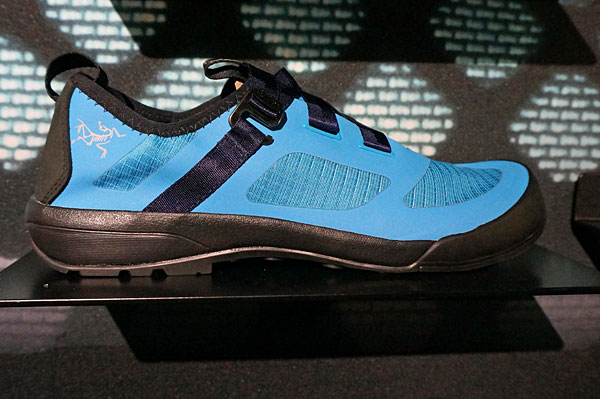
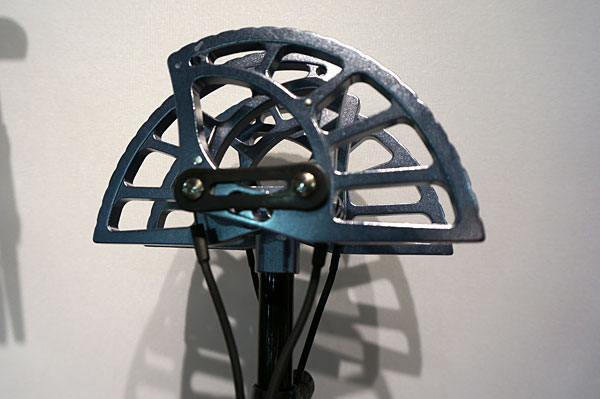
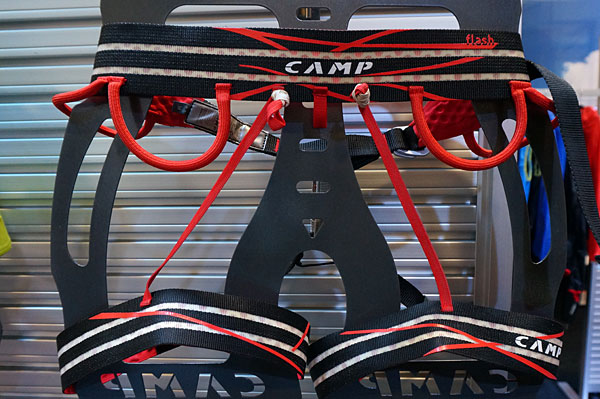
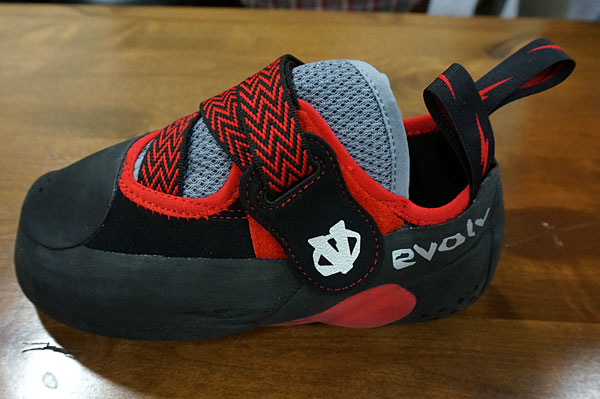
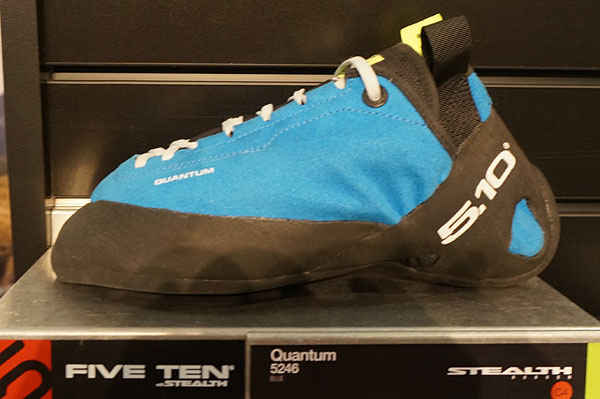
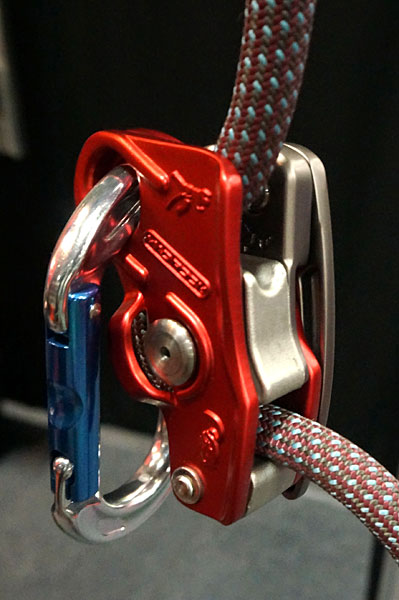
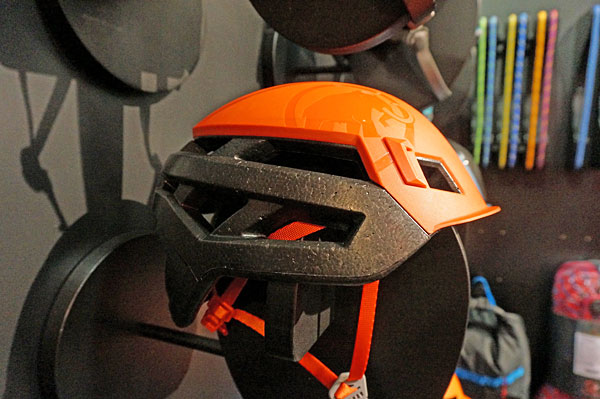
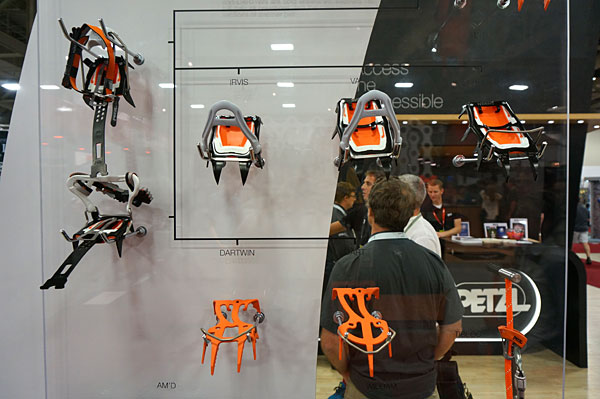
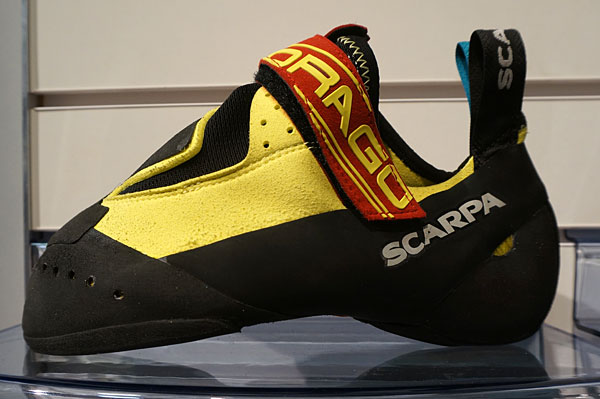
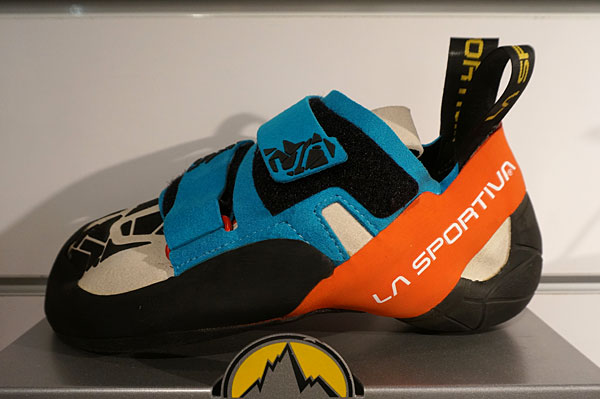
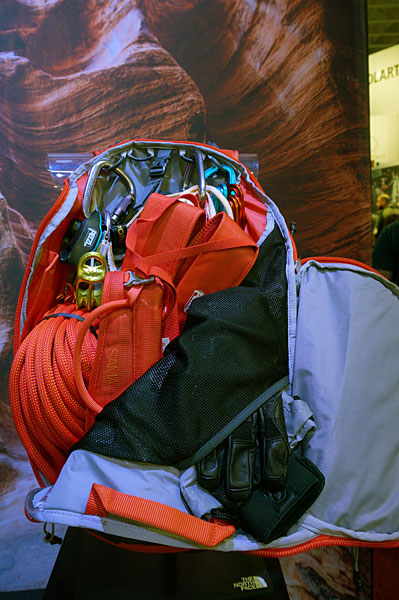
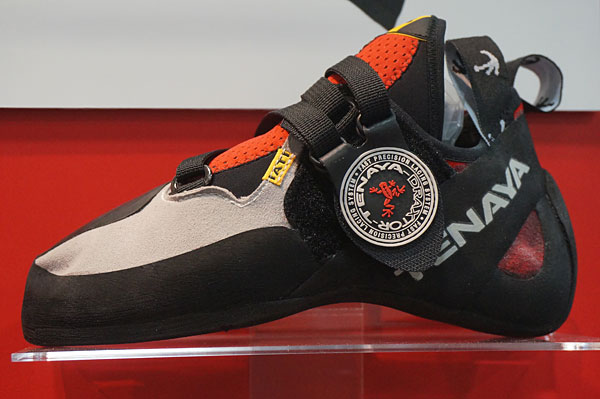
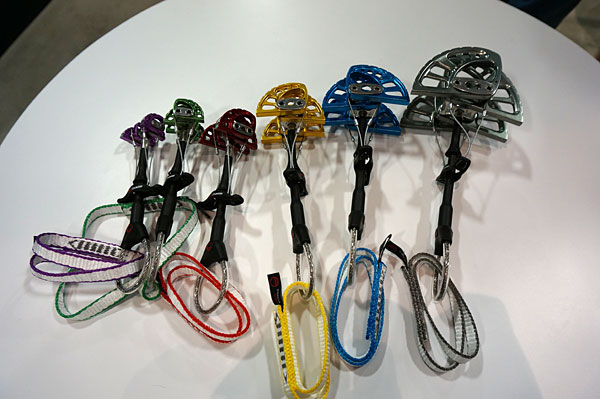
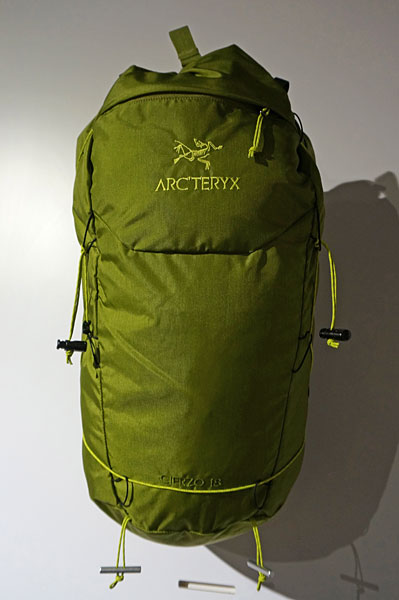

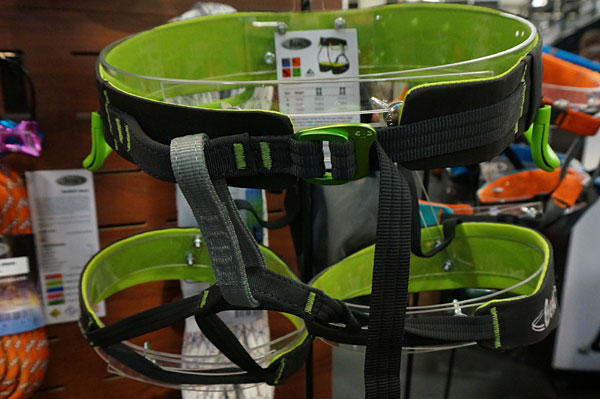
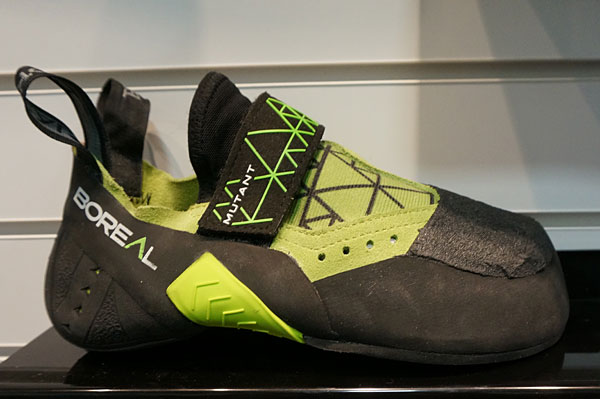

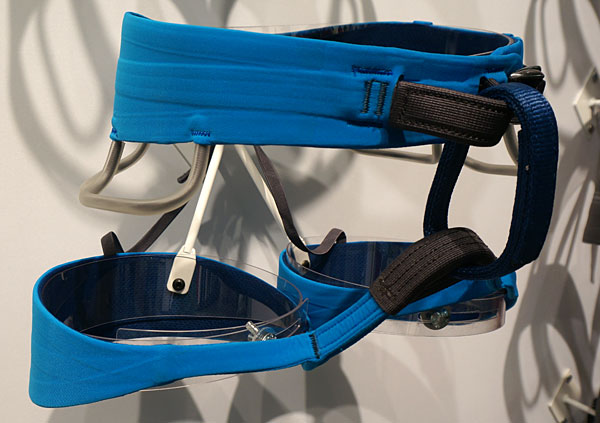
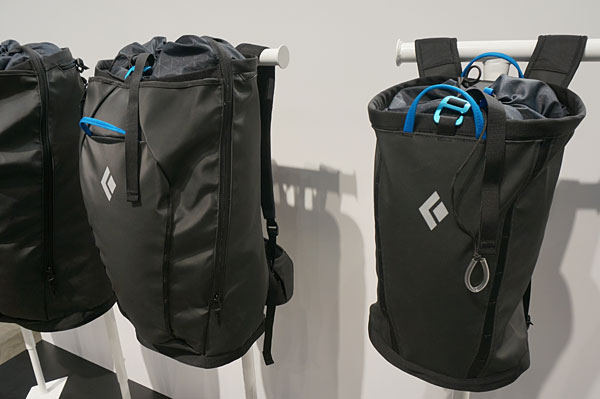

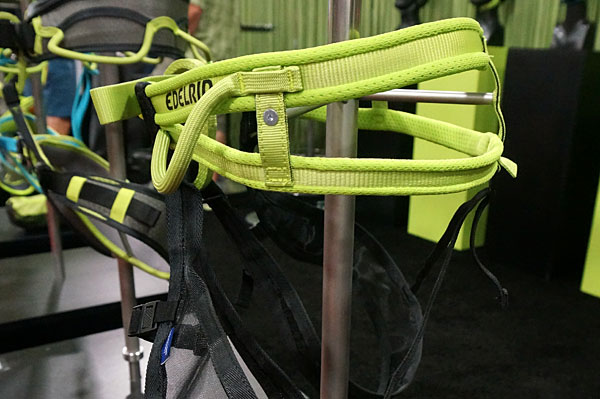

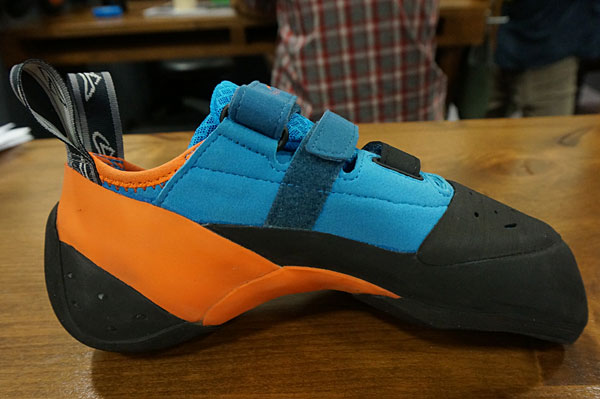

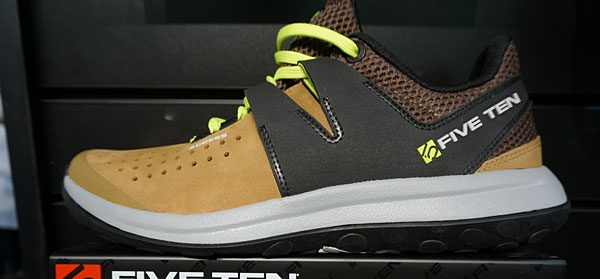
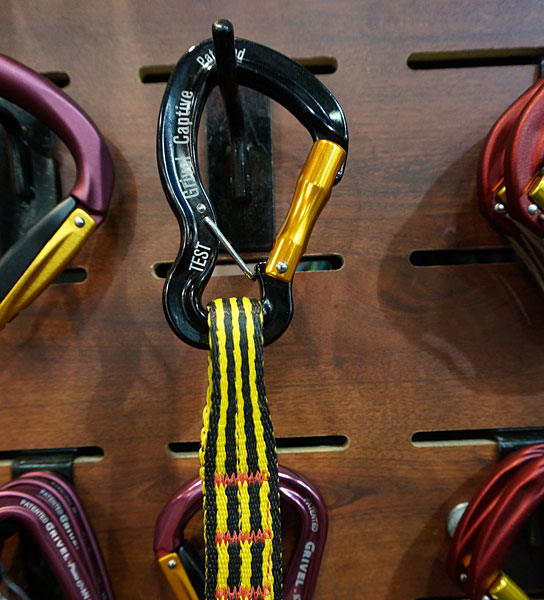
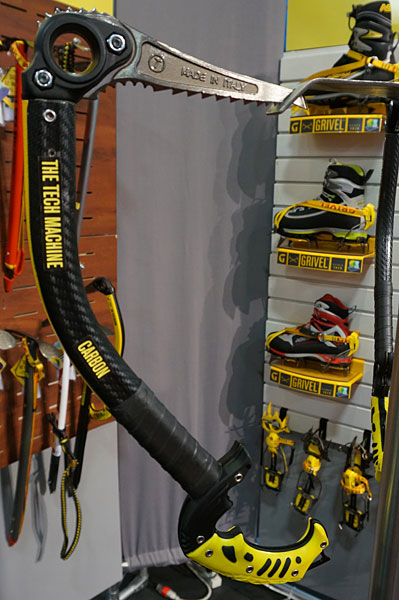
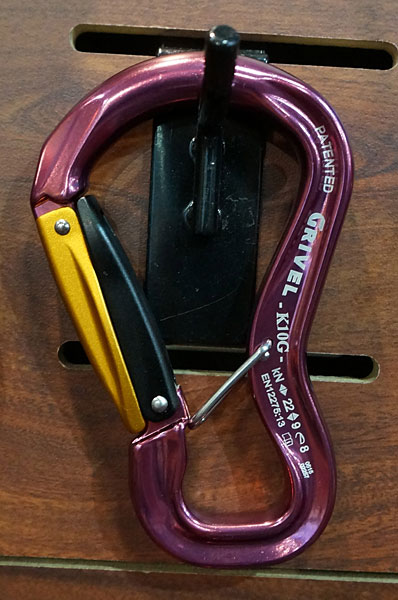
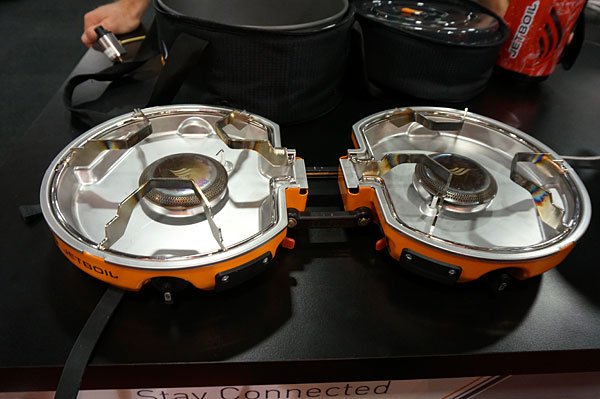

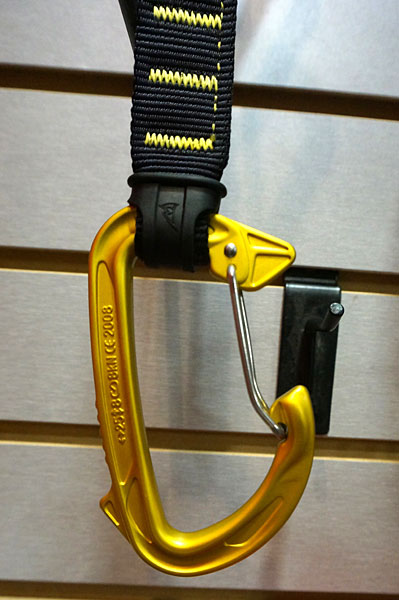
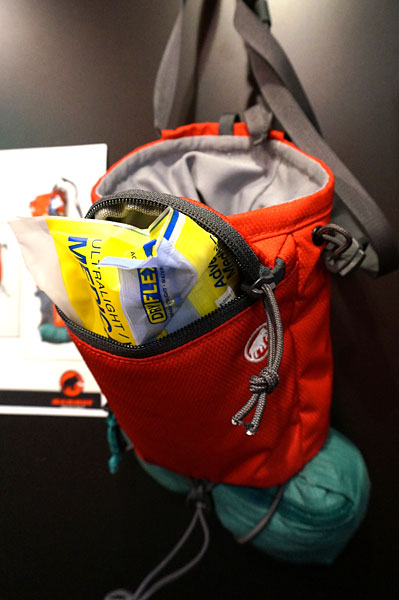

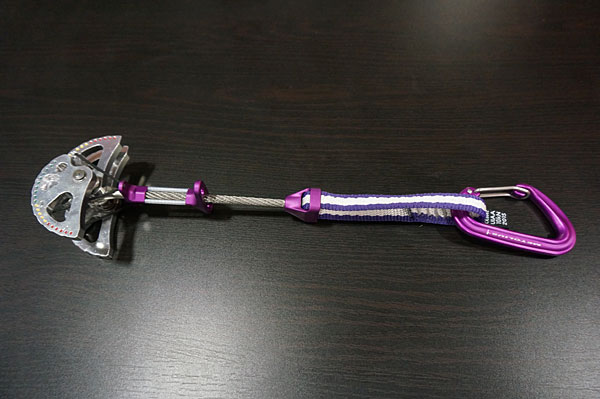
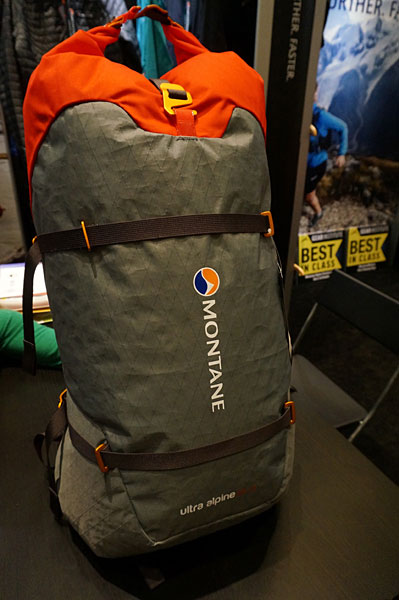
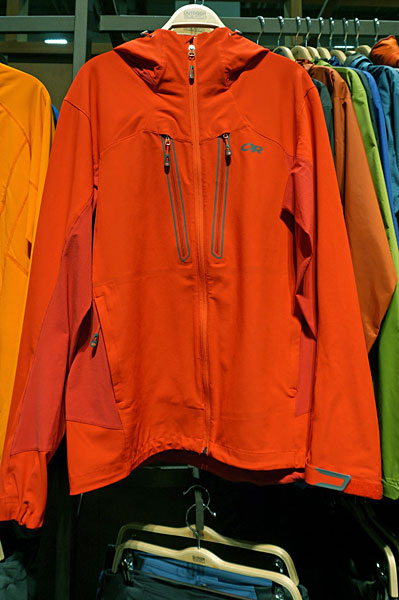

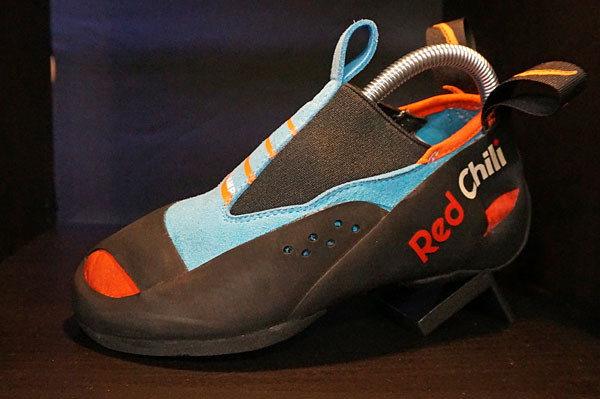
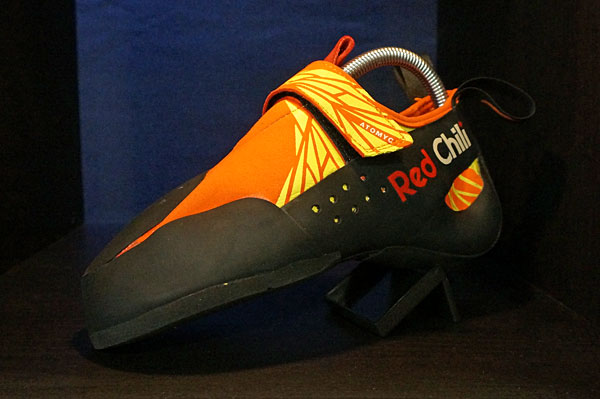

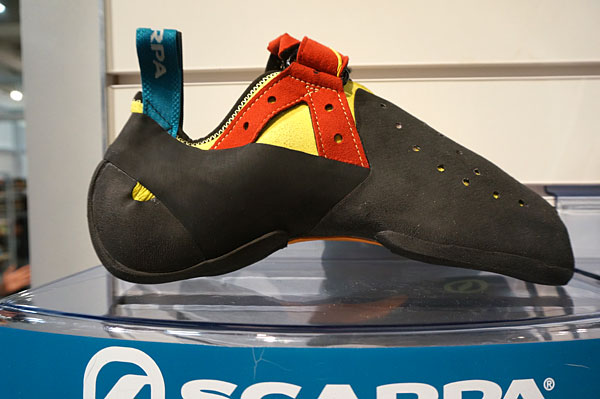
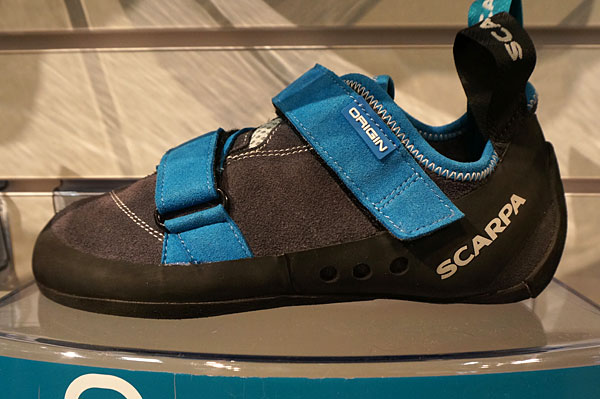
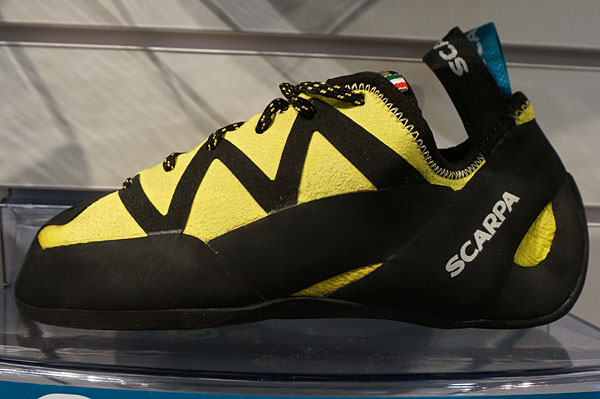
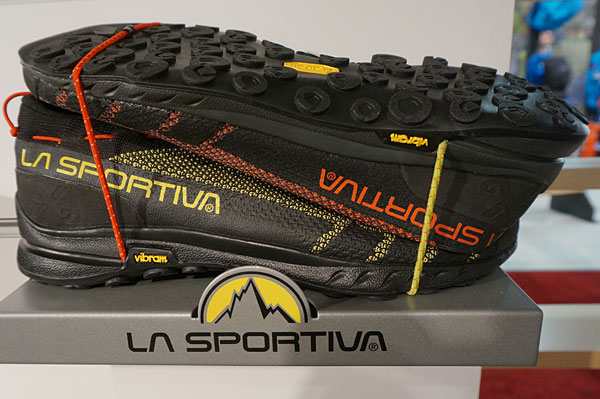
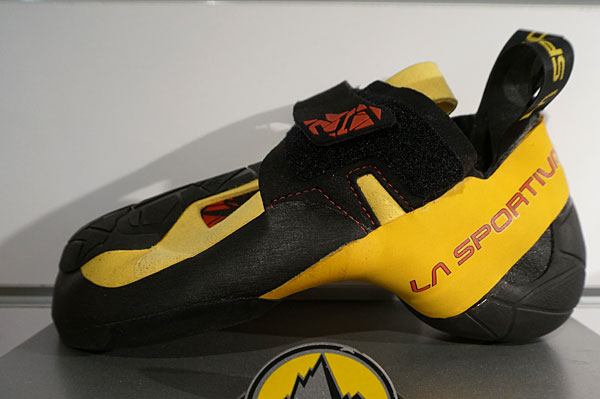



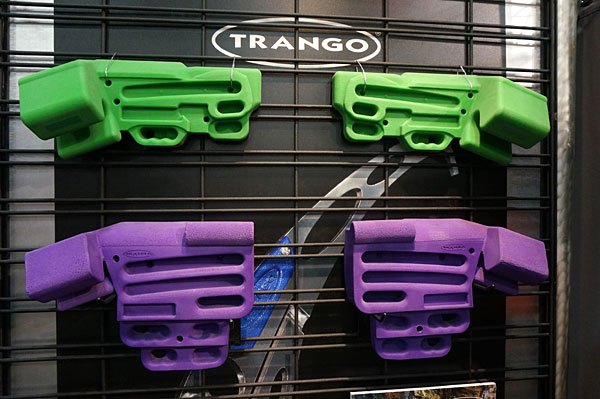











Hey BJ, Nice write-up! I’m glad you cover the backpacks and approach shoes that we never have time to see! (We totally link to your report from ours).
Just wanted to note that the Wild Country New Friends are almost identical in size to the Camalots, most sizes are 1mm or 2mm in difference, with the max difference on the #2 whose range is 4mm different. I just put up some range tables on the WeighMyRack blog if your curious the actual stats. Sorry to be the bearer of bad news, guess you’ll have to stock up on all the current friends to ensure your in-between sizing!
Hey Alison,
Good to see you guys! So the two sizes that are crucial in Indian Creek are the #2 and #3 Friends. The current ranges on those are listed as 28.41-45.73mm & 41.9-67.47mm, respectively. The new WC double axle cams say the range on the new #1 and #2 Friends is 31.7–53.6mm and 41.5–69.3mm, so yeah, the #2 Friend isn’t going to be what it was, but the new #2 Friend should still be a good piece in between the #2 and #3 Camalot. Whew that’s a lot of numbers!